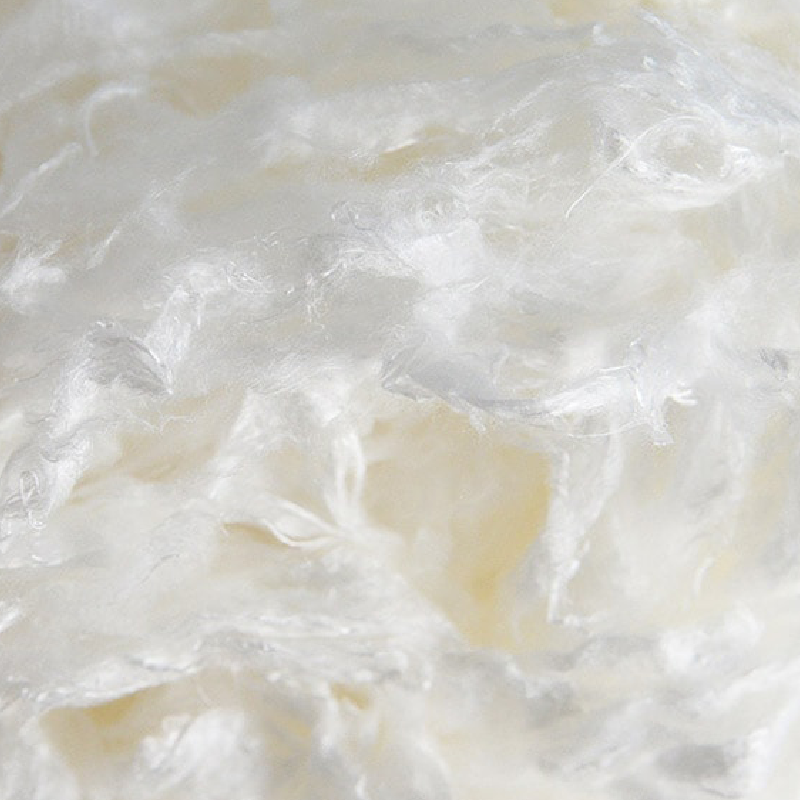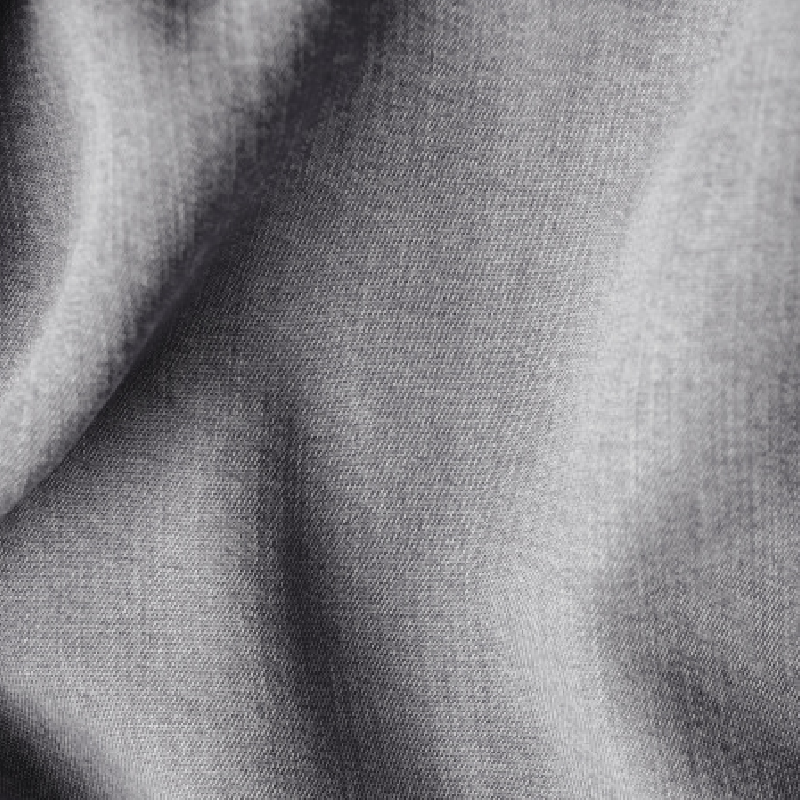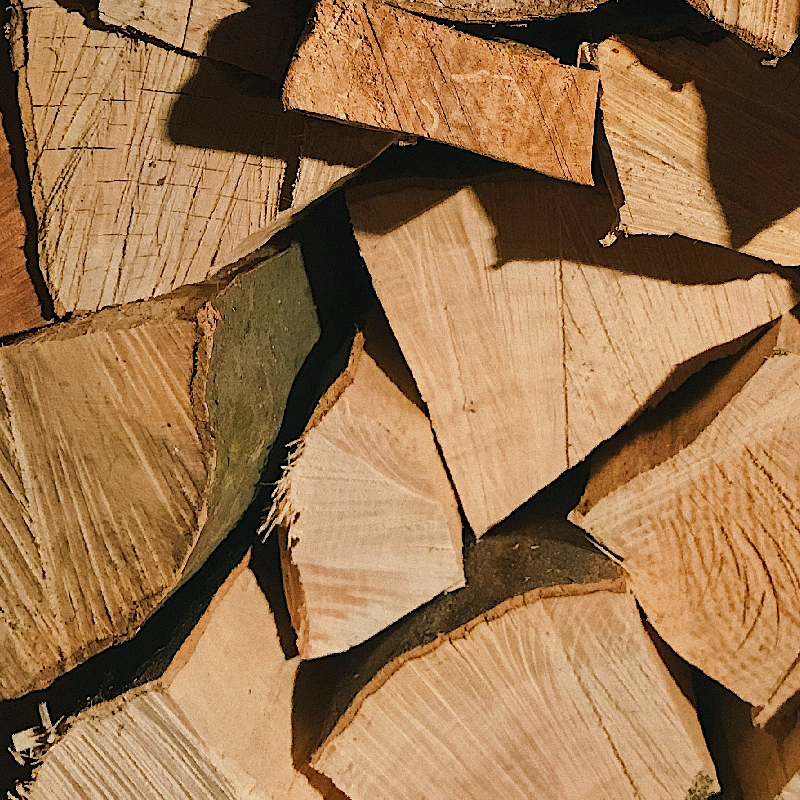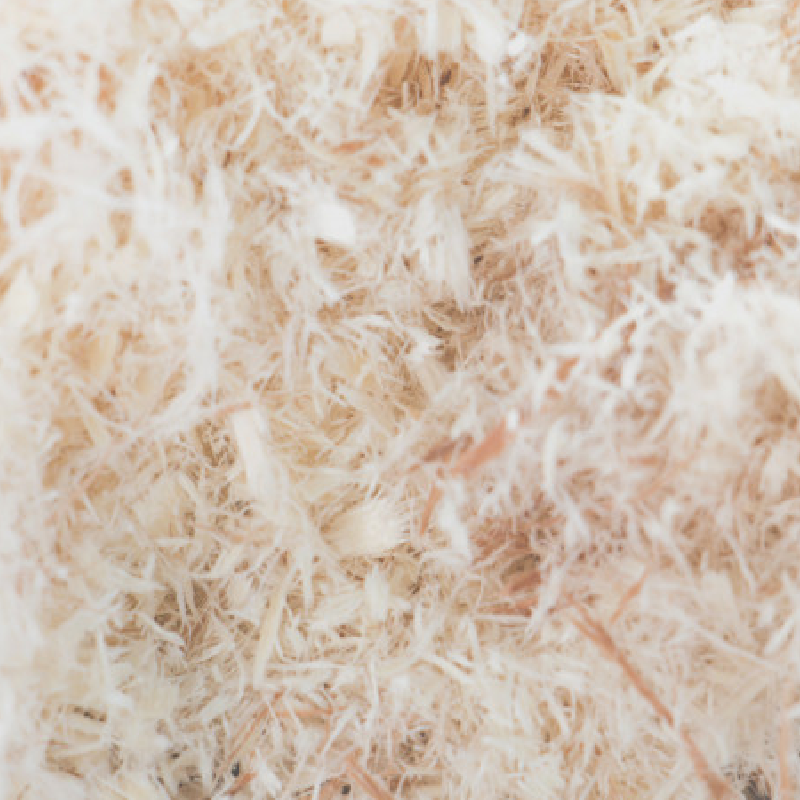
WOOD-BASED & MAN-MADE CELLULOSIC FIBERS
We are always pursuing new fibers that don’t harm the environment
The MMC (Man-made Cellulosic) fibers such as viscose or lyocell are wood-based fibers
As part of our commitment to protect the planet we also protect the forests by using only cellulosic fibers certified by the Forest Stewardship Council (FSC).
The pulp of the wood is dissolved in an organic and non-toxic solvent. Afterwards the yarn is spun through a process of extrusion. This process allows us to achieve a circular model that reuses 100% of the water and 95% of the chemicals products.
We need to ensure the most sustainable production, so we only source for certified MMC fibers, mainly from the Lenzing group.
Some of the varieties we use are TENCEL, ECOVERO and MODAL.
”BY USING THESE FIBERS WE HELP REMOVE ABOUT 45% OF THE CO2 EMITTED BY HUMAN ACTIVITIES YEAR.”
”EXPANSION AND SHORT TERM PROFIT SHOULD NOT BE PARAMOUNT TO ENVIRONMENTAL AND HUMAN HEALTH.”
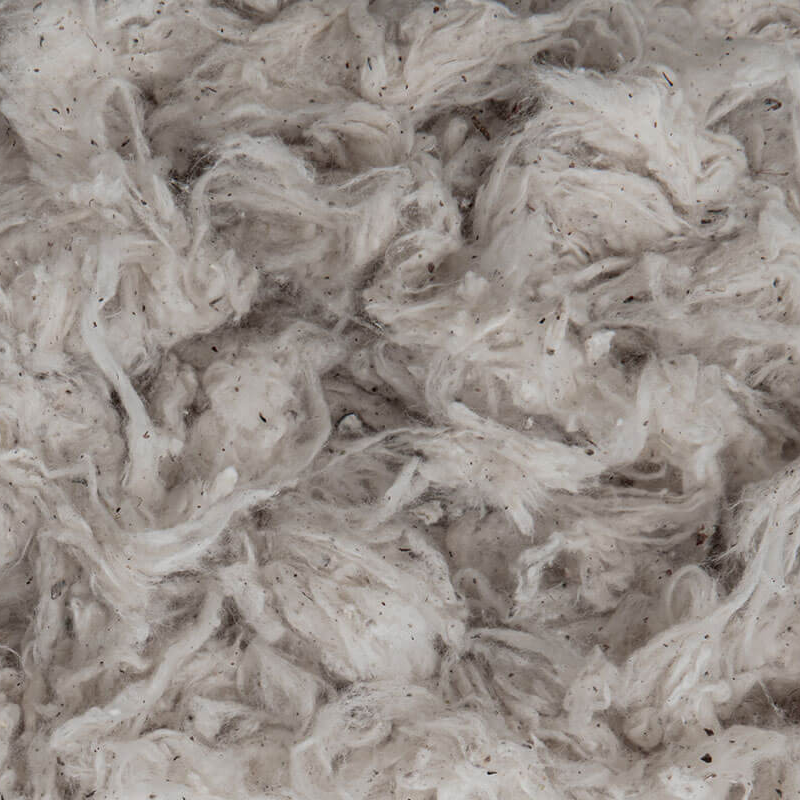
CUPRO®
Cupro is a regenerated cellulosic fiber utilizing the residues stuck to the interior of a cotton seed’s casing, a part of the plant that is normally not considered usable, and therefore, thrown away.
Cupro’ interesting characteristics:
• It is a very soft fiber, with visual and tactile aspects similar to silk.
• Because it is a fiber of cellulosic origin, it is breathable and regulates body temperature.
• In general, it easily adapts itself to the body and has a very delicate fit on the silhouette. This is also why it is a very comfortable fabric. Furthermore, it is very resistant, guaranteeing durability.
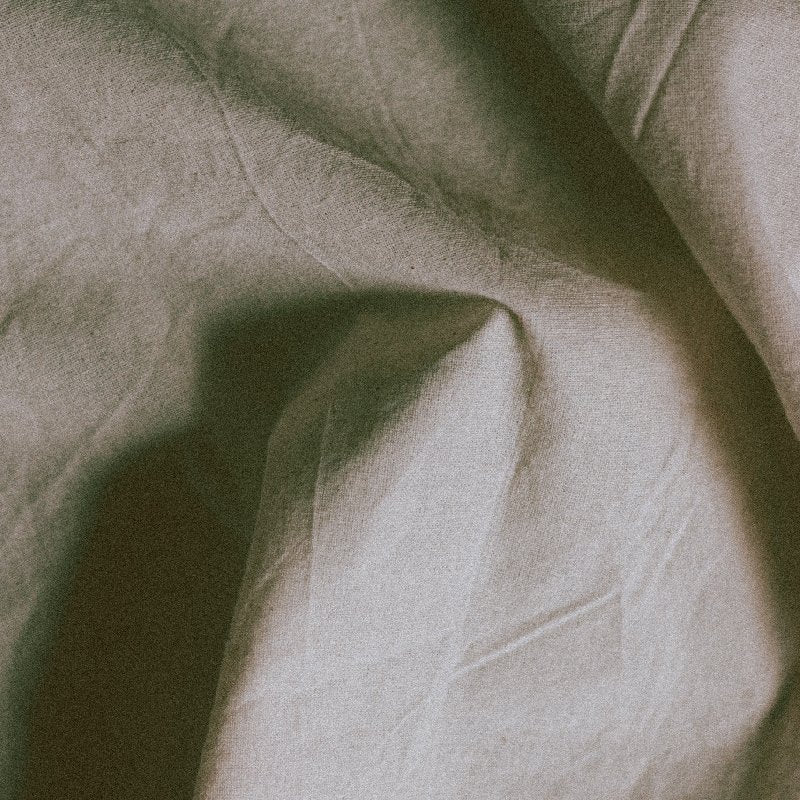
LINEN
Linen is a fabric made with flax. It is a plant-derived cellulosic fiber.
Among its characteristics we can find the following:
• It is a highly resistant fiber, both strong and durable, and much more resistant than cotton fiber.
• As time passes and the garment is washed repeatedly, the fiber becomes softer.
• It can absorb up to 20% water without generating a feeling of humidity.
• RIt has antibacterial and fungicidal properties.
• It is resistant to high temperatures.
• Its cultivation requires significantly less water than cotton does, and it is more resistant to plagues.
• It does not generate waste as 100% of the plant can be used.
• For all of these reasons, it is considered a low impact material.
”QUALITY & TIMELESS DESIGN ARE A MUST AT ECOALF, AS A SIGN OF DURABILITY AND SUSTAINABILITY.”
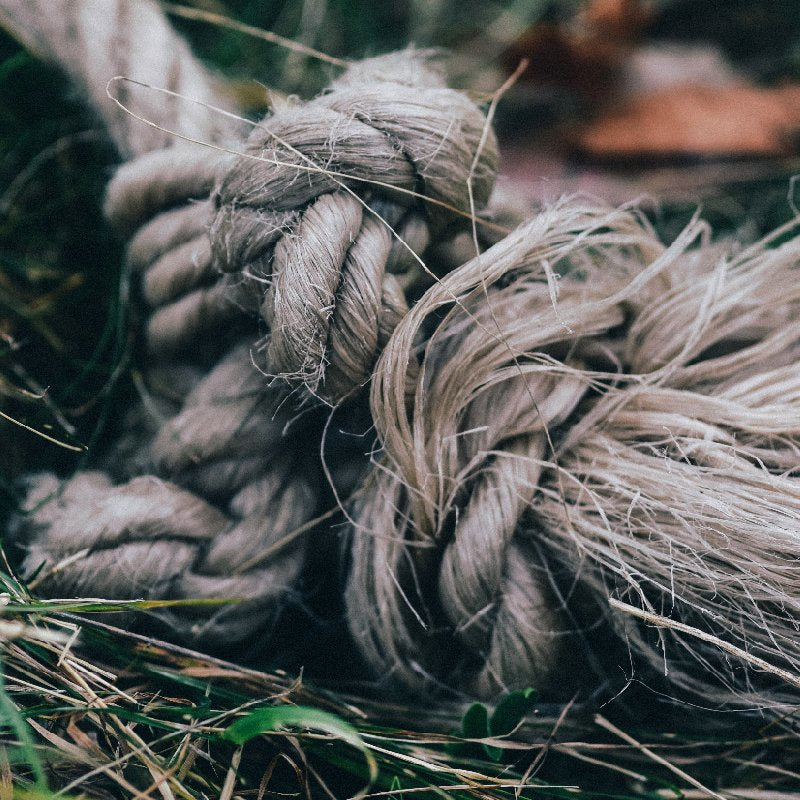
HEMP
Hemp is a plant-based textile fiber that is extracted from the stem of the hemp plant.
These are some of the advantages of using hemp:
• High durability and easy to take care of
• The fiber is longer and 8 times stronger than cotton fibers
• Regulates temperature
• It offers certain protection from UV rays.
• It has hypoallergenic characteristics for the skin.
• It is a fungicidal fiber.
It is considered a material of low impact because:
•In its cultivation it absorbs a great quantity of CO2, much more than any other plant.
• Hemp grows very quickly, which is why it is easy to adapt its natural growth to the increase of textile consumption.
• It doesn’t need pesticides.
• Its cultivation doesn’t wear out the land it is grown on. On the contrary, it enriches the upper layer of the soil, returning about 60% of the nutrients it has used to the earth.
• Its water consumption is 50% inferior to the one needed for cotton crops.
•And as it grows very quickly its production can overpass the cotton production by 250%.
• Within the same-sized area, hemp generates a yield that is 600% higher than what cotton could produce.

